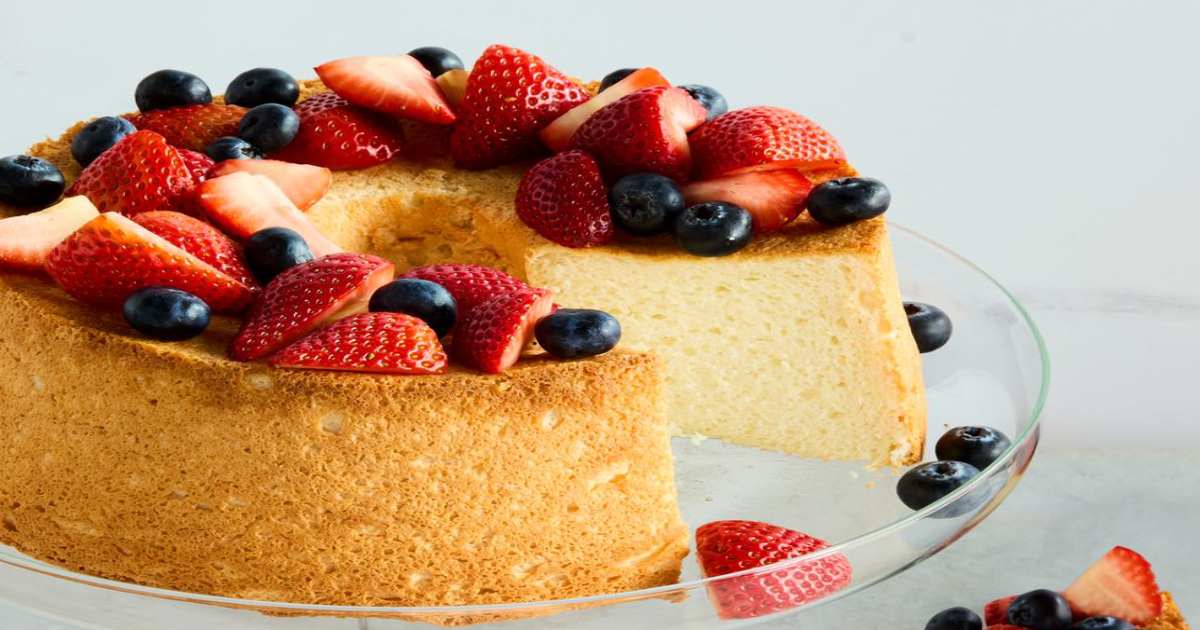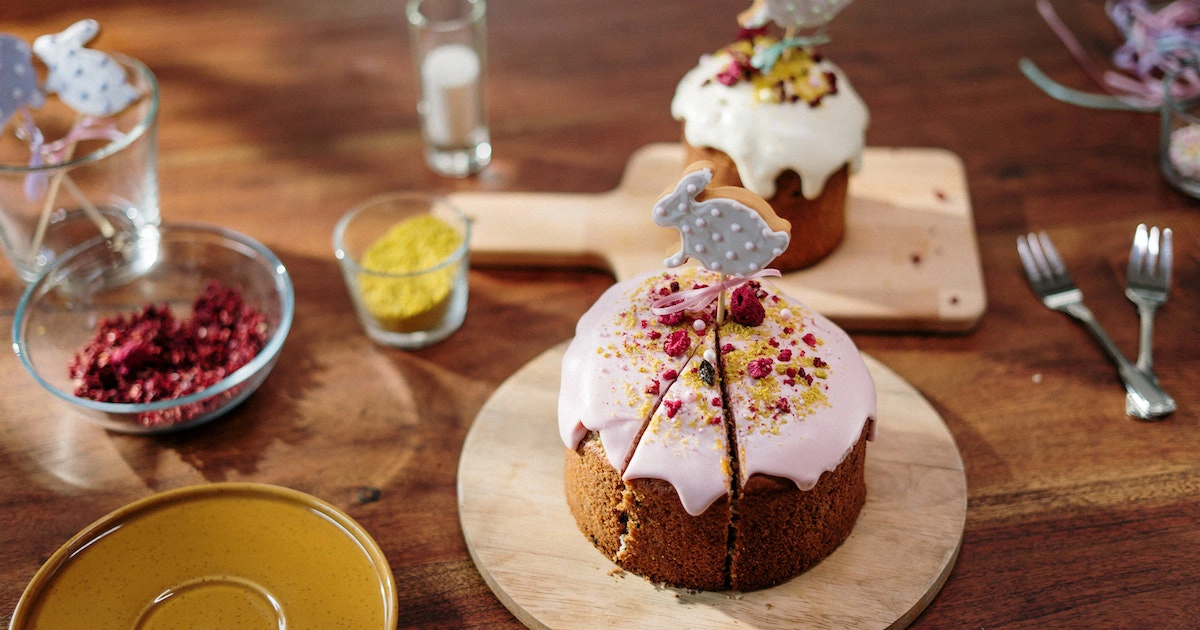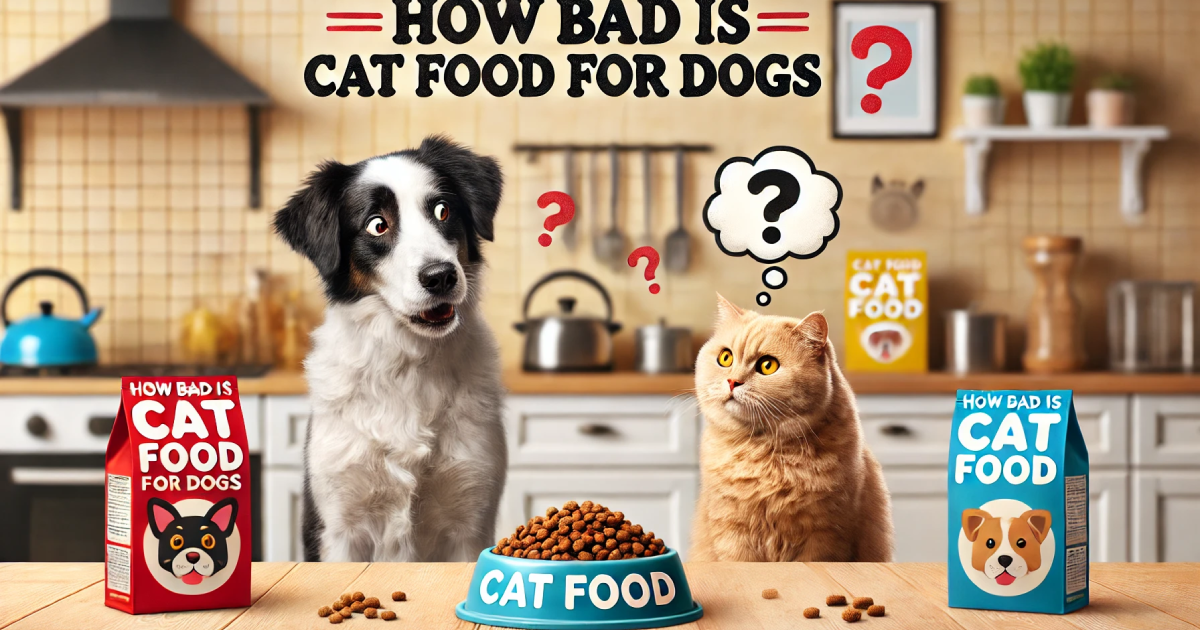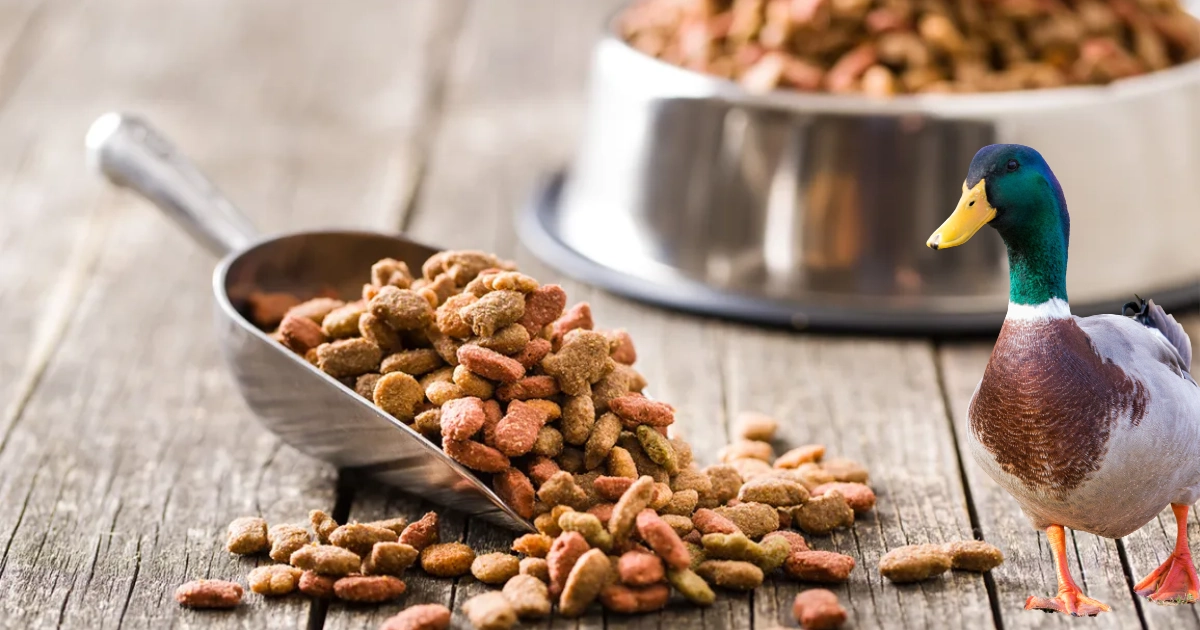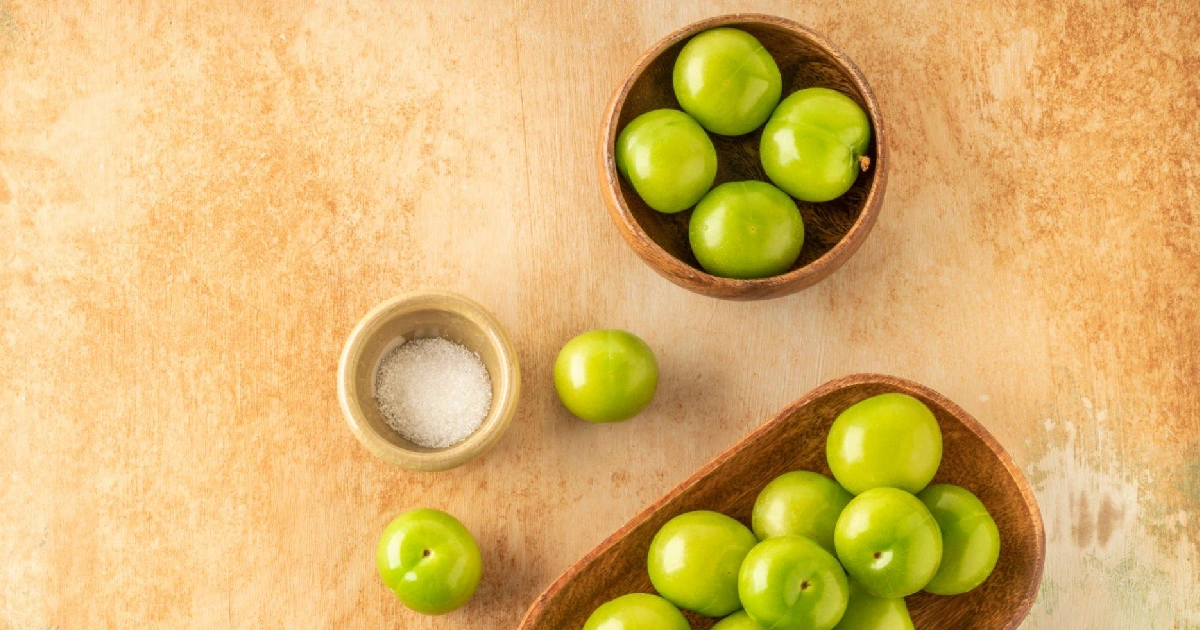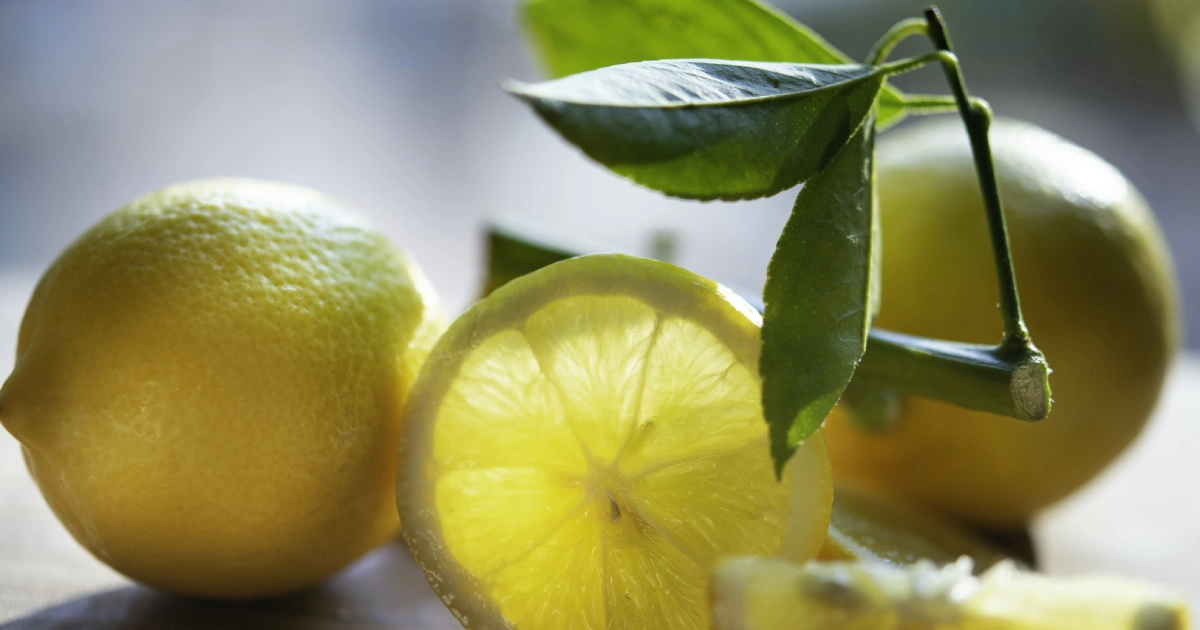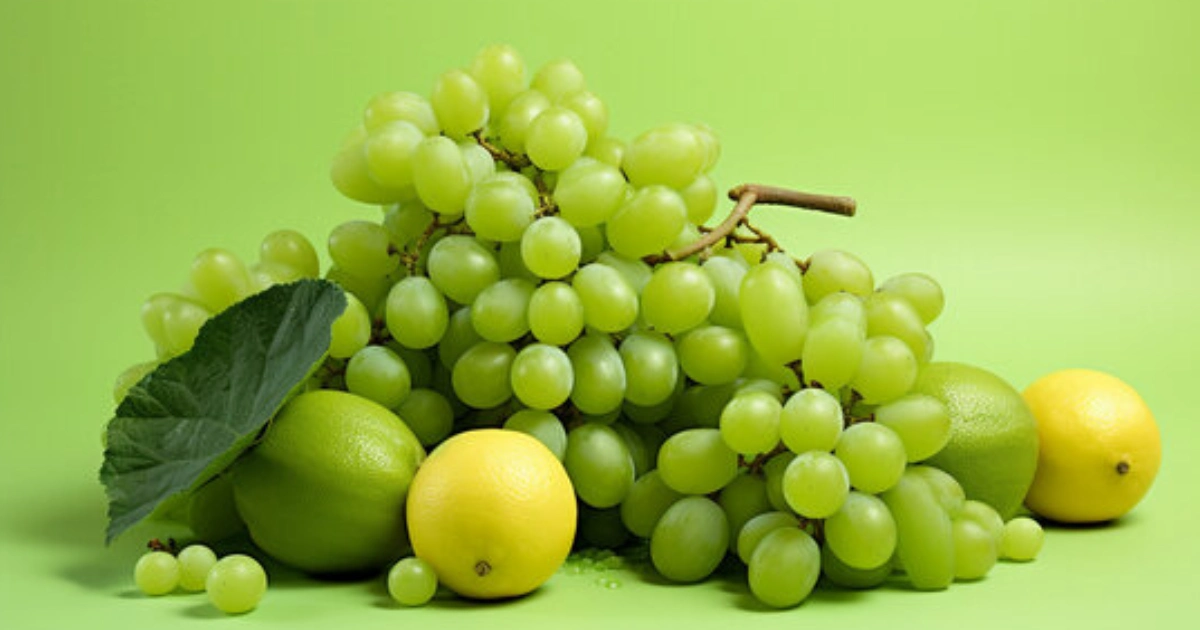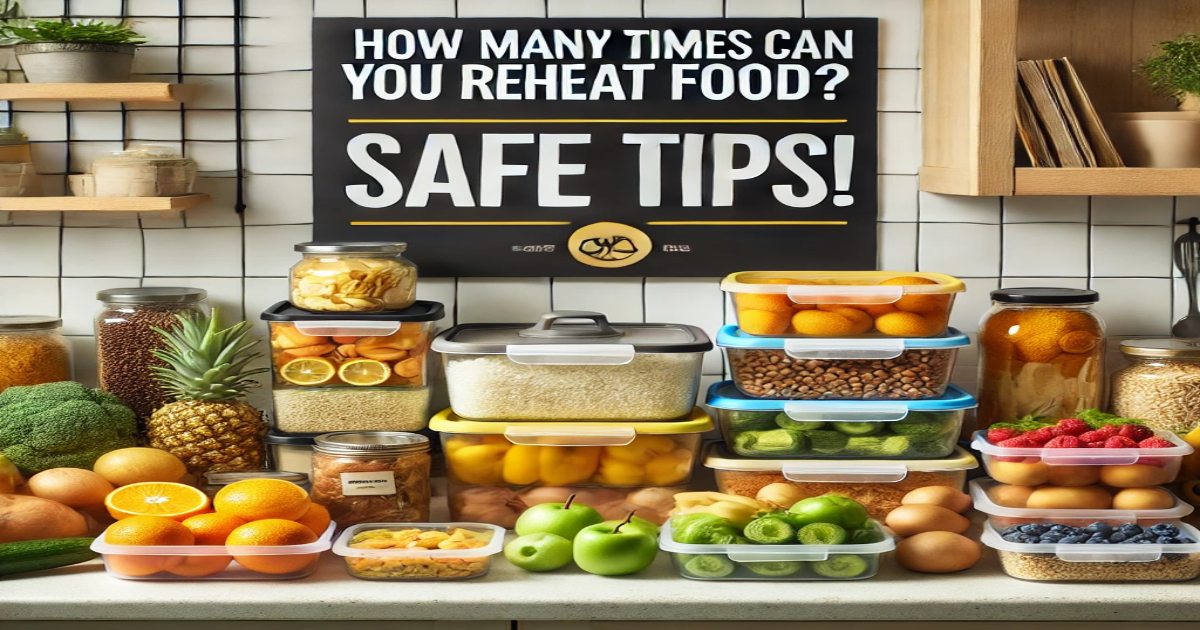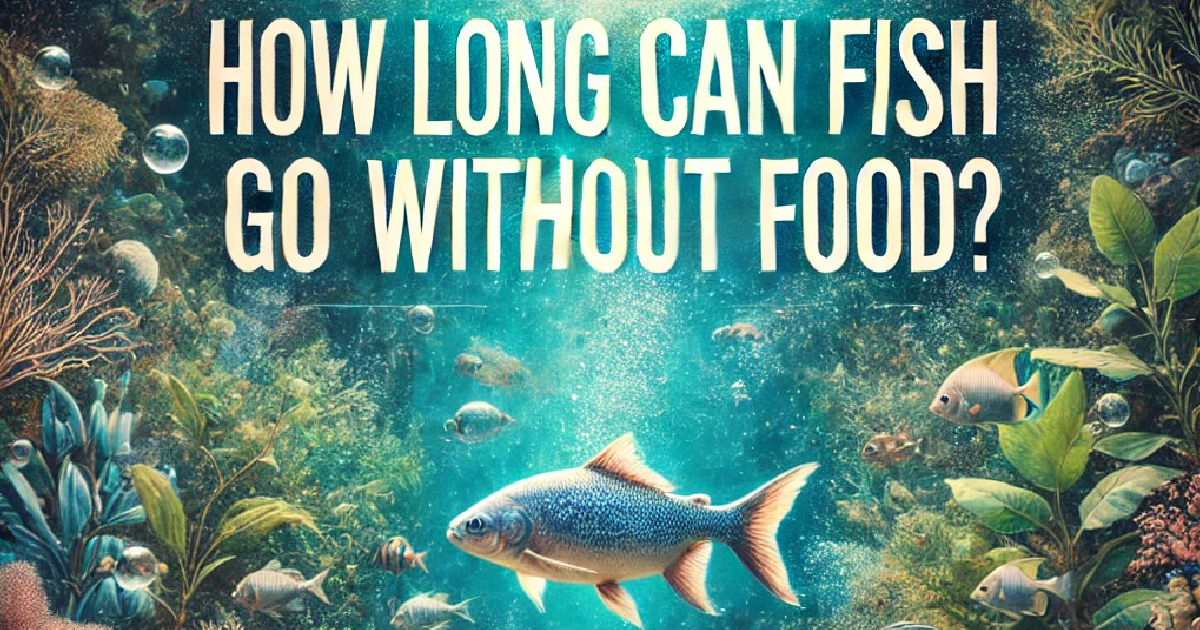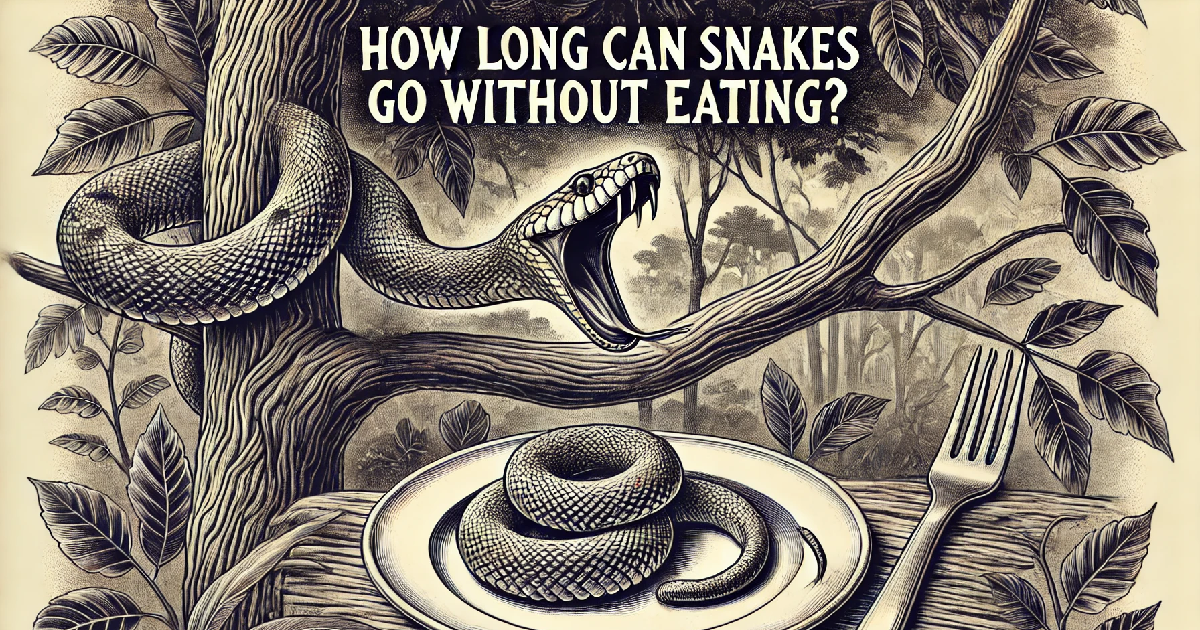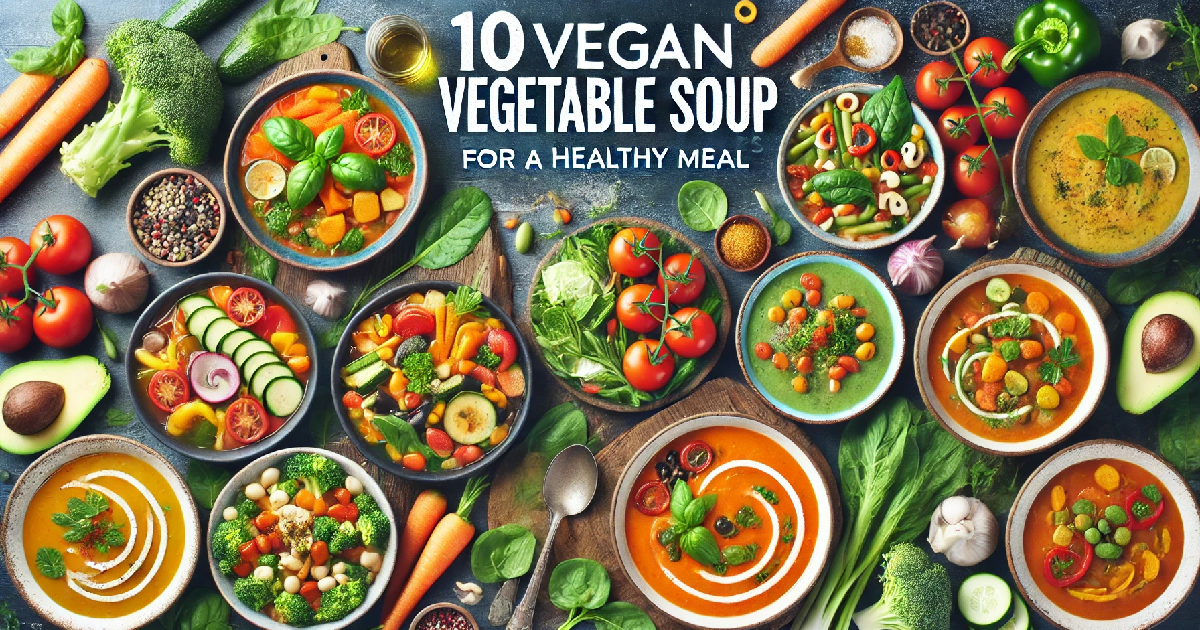Have you ever felt like you had food stuck in your teeth after eating? If so, this blog post is ideal for you! We will discuss how long food can stay stuck in your teeth and what you should do about it. You already may know that diverse types of food can linger between and around our teeth, but did you know how far those pesky particles travel when eating a meal? We’ll investigate this topic further and provide valuable insight into ways to prevent embarrassing moments by ensuring nothing gets caught between or behind our pearly whites.
What Happens When Food Gets Stuck In Your Teeth?
Have you ever experienced the frustrating sensation of food getting stuck in your teeth? Besides the annoyance factor, there can be some potential consequences for leaving that pesky piece of popcorn or spinach leaf lodged between your molars. If left unaddressed, it can lead to bad breath, tooth decay, and even gum disease. Bacteria feed on the leftover food particles, creating an ideal environment for plaque to form and produce harmful acids that wear away at your tooth enamel. So next time you feel something gets stuck, take a moment to remove it with floss or a toothpick – your oral health will thank you!
The Importance Of Brushing And Flossing Regularly
Maintaining good oral hygiene is crucial for a healthy lifestyle. Brushing and flossing daily are two important activities to maintain your teeth and gums healthy. Brushing eliminates plaque and food particles from the surface of your teeth while flossing removes bacteria and food debris from areas between your teeth where your brush can’t reach. Not only do these habits help prevent cavities and gum disease, but they also help keep your breath fresh. Including these techniques in your everyday routine will help you maintain your overall well-being and save you from costly dental treatments in the long run. Remember to consider the impact of good oral care on your health. Start brushing and flossing regularly today!
Will Food Stuck In Teeth Go Away?
It’s not uncommon to feel a sense of discomfort when there’s food stuck between your teeth. Even though it can be annoying and filling destructive, food particles that lodge between your teeth can be easily removed with proper dental hygiene practices. Regular flossing and brushing your teeth can help avoid any food trapped between your teeth. But, when it goes unnoticed or ignored for too long, it can lead to inflamed gum between teeth. In such cases, it’s always best to visit your dentist, who can recommend proper action. Ignoring the food buildup may cause long-term damage. So, always take care of your teeth and maintain proper dental hygiene to avoid unwanted inconveniences.
How To Remove Food That’s Stuck In Your Teeth?
It can be frustrating when food gets stuck in your teeth, and you can’t seem to get it out. But don’t worry; there are several effective methods for removal. One option is to use dental floss or interdental brushes to gently manoeuvre around the food and dislodge it from the crevices. If you don’t have floss on hand, try using a toothpick or a business card or paperclip. Be careful not to be too forceful, or you may damage your gums. Another technique is to rinse your mouth with water or mouthwash to loosen the food and make removing it easier. Whatever method you choose, take care of your teeth afterwards by brushing and flossing regularly to ensure good dental health.
How To Remove Food Stuck In Tooth Hole?
If you find yourself with food stuck in the tooth hole, it can be downright frustrating. Fortunately, there are some things you can do to remove pesky food particles. Swishing warm salt water around your mouth, using a water pick or dental floss, or brushing the area gently with a soft-bristled toothbrush are all options. It’s important to remove the food as soon as possible to prevent any unwanted infections or bad breath. Following these simple steps can ensure a speedy and comfortable recovery from wisdom teeth removal.
What Happens If Food Is Stuck In Your Teeth Overnight?
We’ve all been there – that sensation of something stuck between our teeth, but nothing seems to dislodge it. It’s not just annoying; it can also harm our oral health. Food left between teeth overnight gives the ideal nesting habitat for bacteria to thrive. Bacteria feed on the leftover food particles and produce acid, which attacks our tooth enamel, leading to cavities. Not only that, but it also causes bad breath and can lead to gum disease if left untreated. That’s why removing food particles as soon as possible is crucial to maintain healthy teeth and gums.
Common Foods That Are Hard To Remove From Your Teeth
Eating is one of life’s greatest pleasures, but it can also leave some unwanted remnants in our mouths. Certain foods, such as caramel, popcorn, and potato chips, can be particularly stubborn when dislodging from our teeth. These foods tend to get stuck between our teeth or cling to the crevices of our molars. If left unchecked, they can attract bacteria and cause cavities. It is important to make sure to brush and floss regularly to avoid these pesky food particles from causing dental issues down the road.
Wisdom Teeth Holes, Food Stuck
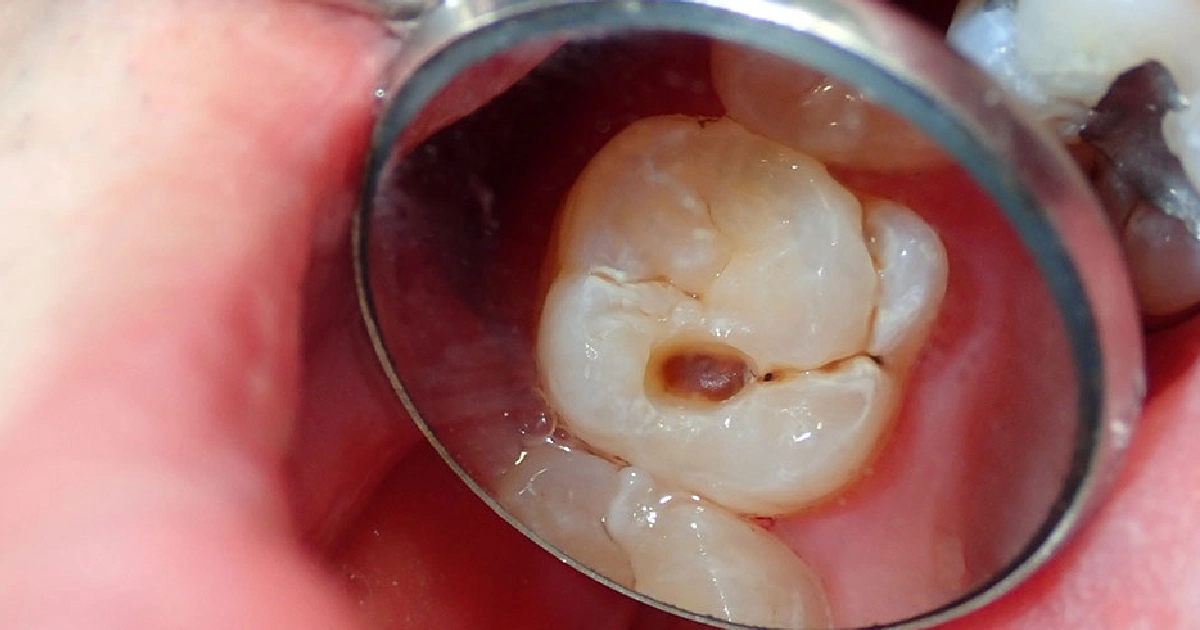
When wisdom teeth extract, holes are left in their place, which may collect food particles and debris. Sometimes it is difficult to remove such food remnants, which can cause pain, discomfort and even infection if left unremoved. Keeping the extraction site clean and debris-free is important to promote healing and avoid future complications. Patients can try rinsing their mouth with warm salt water or using an oral irrigator to flush out remnants gently. It’s advisable to avoid smoking, using straws, and consuming hard or crunchy foods during the healing process. Visiting the dentist for a follow-up appointment can also help them ensure the area is healing properly and prevent any further discomfort.
Cleaning Wisdom Teeth Holes
Cleaning a healed wisdom tooth hole is important to prevent any food from getting stuck. If left uncleaned, food particles can get trapped in the hole and cause bacteria buildup, leading to infections and bad breath. It recommends cleaning your wisdom tooth hole at least twice daily with a dental irrigation syringe and warm salt water. Start by pointing the syringe at the hole and gently flushing it with the saltwater solution. This will remove any food particles, bacteria, or debris stuck in the hole. While it’s normal to have food stuck in a wisdom tooth hole three weeks after the surgery. Cleaning the wound regularly is crucial to ensure proper healing and oral hygiene.
Why Does My Crown Feel Weird?
If you find yourself wondering why your crown feels weird, there could be a number of reasons. One of the common causes of discomfort with a crown is a chip that has become lodged in the roof of your mouth. This can happen when biting down on hard foods or accidentally cracking a tooth, leaving a small fragment in the surrounding tissue. This can cause irritation and discomfort around the area of the crown, making it seem like the crown itself is the issue. To address this, gently rinse your mouth with warm water and locate where the chip might lodge. If you are unable to remove it on your own, it’s best to visit your dentist for a checkup and potential removal of the fragment.
Bone Fragment In Gum
Finding a bone fragment in your gum can be a daunting experience that leaves you wondering what to do next. This can cause discomfort, especially if the bone fragment gets stuck between your teeth or creates a food trap. It’s important to address the issue promptly, as the bone fragment can lead to a swollen gum or even an infection. To remedy this, you can visit your dentist, who will assess the situation and plan the appropriate course of action. The removal process will depend on certain factors, such as the bone fragment’s size and the tooth’s location. It’s always advisable to seek professional help to mitigate the pain and avoid future complications.
How To Fix A Food Trap Between Teeth?
Dealing with a food trap between your teeth can be a real pain, especially if it starts causing issues like swollen gums or bad breath. The good news is that there are several things you can do to alleviate the problem and prevent it from happening in the future. One common solution is to use dental floss or interdental cleaners to dislodge any trapped food. If the food is particularly stubborn, you may need to see a dentist for professional help. Furthermore, it is critical to maintain appropriate oral hygiene routines, such as brushing and flossing on a regular basis and seeing your dentist for cleanings and checkups to prevent buildup and maintain your oral health. With some effort and attention, you can keep your teeth food-trap-free and healthy in the long run.
How Long Does It Take For Food To Decay In Teeth?
Have you ever wondered how long it takes for food to decay in your teeth? The answer may surprise you. When food becomes trapped in between your teeth, gingivitis can form around that tooth as a result. This can occur in as little as 24-48 hours. Once this happens, the food left behind will break down and decay. This process can lead to bad breath, tooth decay, and even gum disease. So it’s important to maintain good oral hygiene habits and regularly visit the dentist to ensure that your teeth and gums stay healthy. Remember, prevention is always better than cure!
Why Does My Tooth Hurt When I Eat?

Are you experiencing discomfort in your tooth when you eat? If so, why? Various factors can cause tooth pain when eating, but gum pain is one of the most common. When inflamed or infected, gums can become sensitive to pressure and temperature, making it painful to chew and bite down. Other potential causes of tooth pain when eating include cavities, cracked teeth, and teeth grinding. Suppose you’re experiencing tooth pain when eating. In that scenario, you should see your dentist to establish the underlying problem and find a solution to relieve your symptoms.
Why Does In Between My Teeth Hurt?
If you’re experiencing pain between your teeth, there could be a few reasons. One common culprit is a piece of floss that may get stuck in your teeth. This can be uncomfortable and can irritate. However, if you’re having trouble getting the floss between your teeth in the first place, it could be a sign of gum disease or other dental issues. Another factor to consider is whether your gums hurt after flossing. This could be due to improper technique or floss that is too harsh for your gums. No matter the cause, it’s important to address any pain or discomfort in your teeth and gums with your dentist to prevent further damage and maintain good oral hygiene.
What Is The Best Time To Brush Your Teeth?
Understanding the best time to clean your teeth can improve oral health. You are brushing your teeth after breakfast and before bedtime is recommended by dentists. This timing allows your teeth to combat the bacteria and plaque formed during the day and also while you sleep. Additionally, it highly recommends fluoride-based toothpaste as fluoride is a melting mineral for teeth. It can strengthen the enamel, which helps prevent cavities and tooth decay. While it may seem straightforward, your dental hygiene’s frequency and timing can impact your oral health. So take notice of the importance of sticking to a consistent routine.
Can I Brush My Teeth 3 Times A Day?
Brushing your teeth regularly is important for maintaining good oral hygiene, but how often should you do it? There’s no one-size-fits-all answer to this question, as it depends on several factors, including age, overall health, and dental needs. While many dentists recommend brushing twice a day, some individuals may need to brush more frequently, especially if they have dental work such as bridges, which can trap food particles and lead to decay. Brushing your teeth after every meal is good, but if this isn’t feasible, consider brushing your teeth at least three times a day, particularly cleaning areas around your dental bridge. Just ensure you’re using proper technique and fluoride toothpaste to protect your teeth and dental work.
Warning Signs Of Tooth Decay Or Gum Disease Due To Trapped Food Particles
When it comes to taking care of our teeth and gums, it’s crucial to keep an eye out for any warning signs of tooth decay or gum disease. One common cause of these oral health issues is food particles becoming trapped between our teeth and gums, allowing dangerous bacteria to thrive. Some signs that food particles may be causing trouble include bad breath, tooth sensitivity, or swollen and bleeding gums. If you notice any of these symptoms, incorporate flossing and brushing into your daily routine to help remove any trapped food. And prevent further damage to your teeth and gums. Regular dental checkups can also help catch any potential issues early on before they become more significant and painful.
Conclusion
Taking the time to care for your teeth properly will go a long way in reducing problems like tooth decay or gum disease. As food gets stuck in your teeth, it’s important to take precautionary measures so that it doesn’t linger in your mouth too long. Brush and floss regularly, be mindful of the foods you’re eating, and if you experience sensitivity, contact your dentist to have them check for any signs of decay. With proper dental hygiene habits and being conscious of common foods that can trap particles in your teeth, you’ll be able to enjoy most meals without worrying about trapped food particles bothering you later. Remember always to practice good oral health!


